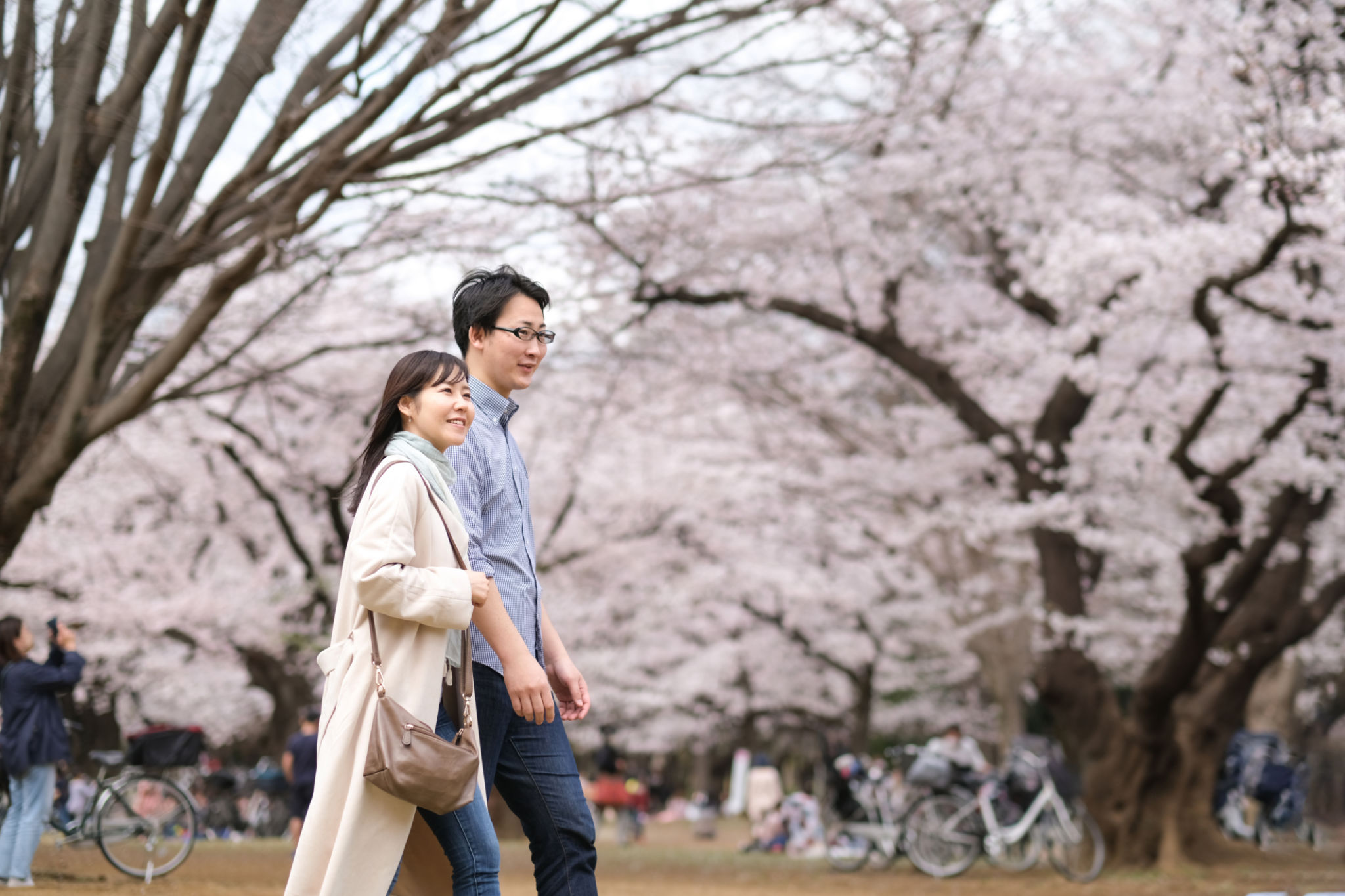Planning the Perfect Tour: Staying at a Traditional Ryokan During Your Shikoku Adventure
Introduction to Shikoku and Ryokan Experience
Nestled in the southwestern part of Japan, Shikoku offers a serene escape filled with natural beauty, historical sites, and unique cultural experiences. One of the highlights of visiting Shikoku is staying at a traditional ryokan, a Japanese inn that provides an authentic taste of Japanese hospitality. This blog post will guide you in planning the perfect tour to Shikoku, with a focus on your stay at a ryokan.

Understanding the Ryokan Experience
Staying at a ryokan is more than just an overnight stay; it's a cultural immersion. These inns are known for their tatami-matted rooms, futon bedding, and exquisite kaiseki meals. Guests can enjoy the tranquil ambiance and personalized service that ryokans are famous for, making it a memorable part of your Shikoku adventure.
Ryokans often feature onsen (hot springs), providing a relaxing way to unwind after a day of exploring. Bathing in an onsen is a traditional Japanese practice and a must-try experience for any visitor.
Choosing the Right Ryokan
When selecting a ryokan, consider factors such as location, amenities, and the type of meals offered. Shikoku boasts a variety of ryokans, from luxurious ones with private onsens to more affordable options that provide a cozy stay.

Exploring Shikoku’s Attractions
Shikoku is renowned for its natural landscapes and cultural landmarks. When planning your itinerary, ensure you visit the Ritsurin Garden in Takamatsu, the Iya Valley with its breathtaking views, and the historic town of Uchiko. Each location offers unique insights into the region's history and beauty.
Additionally, don't miss the opportunity to walk a portion of the Shikoku Pilgrimage, a famous route that connects 88 Buddhist temples. Even a short walk along this path can be a spiritually enriching experience.

Enjoying Local Cuisine
A stay at a ryokan often includes a kaiseki meal, a multi-course dinner that showcases seasonal ingredients. This culinary experience is a highlight of any ryokan stay, offering a taste of local flavors and artisan craftsmanship in food preparation.
Beyond the ryokan, try Shikoku’s regional specialties such as Sanuki udon in Kagawa or katsuo no tataki (seared bonito) in Kochi. Each dish tells a story of the island's rich culinary heritage.
Best Time to Visit Shikoku
The best time to visit Shikoku depends on your preferences. Spring (March to May) offers cherry blossoms and mild weather, while autumn (September to November) showcases vibrant foliage. Both seasons provide a picturesque backdrop for your travels.
Summer is ideal for those looking to enjoy outdoor activities, though it can be humid. Winter is quieter and perfect for those who want to enjoy the hot springs without the crowds.

Practical Tips for Your Stay
Before your arrival, familiarize yourself with ryokan etiquette. For instance, guests are expected to remove their shoes at the entrance and wear provided slippers. Also, remember to soak in the onsen before dinner to fully enjoy the relaxation it offers.
Booking in advance is recommended, especially during peak seasons. Check if your ryokan provides English service or if you'll need to prepare some basic Japanese phrases to enhance your experience.
